These photographs were originally published in Orion Magazine.
In May 2005, photographer Antrim Caskey encountered Maria Gunnoe in Manhattan. Gunnoe had come to protest the practice of mountaintop-removal mining at a Massey Energy shareholders meeting. Two days later, Caskey left for the Cumberland Plateau, where she made these images. “People are scared,” Caskey says. “I’d be scared, too.”
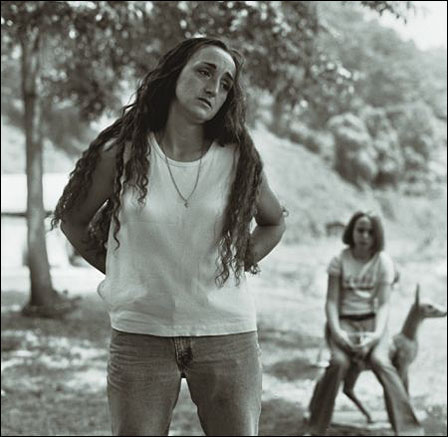
Maria Gunnoe, 37, Bob White, W.Va. “With mountaintop removal, the species we are losing is the human species — just because we’re hillbillies. Hillbillies are the last people you can make fun of — it’s acceptable. We do have educations. We do have lives. There’s going to be an uprising here; the coal industry has turned us into activists. I try not to hate, I really do. There’s a part of me that feels sorry for them. There’s a part of me that would be standing with my foot on their throat and I wouldn’t feel sorry for them.”
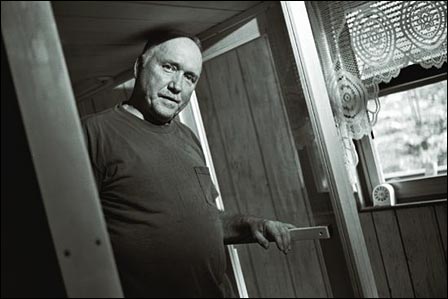
Jackie Browning, 56, Horse Creek, W.Va. Browning was poisoned by chemicals used at a coal preparation plant. “I thought I was going to lose my mind. I tingled from my groin to my feet, my mouth burned — I felt like I ate a hot coal. I had diarrhea for four years and a severe sore throat for seven months.” Browning claims that a Massey representative monitored his medical examination. “Massey is rock bottom. They’re cruel people.”

Larry Gibson, 59, Kayford Mountain, W.Va. In 1993 Gibson met with a Massey representative. “After he’d seen we weren’t interested in giving up, he said, ‘I don’t give a damn about nobody or nothing up in that holler. I only care about coal. You’re gonna be one little green island up there.’
“It was never about the money. It’s about the land. My mother gave me birth. The land gives me life.”
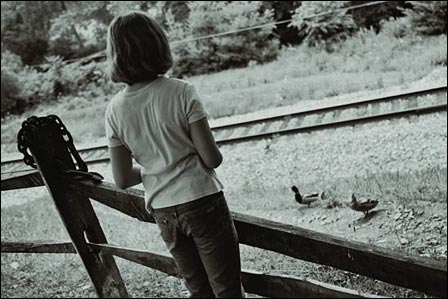
Chrystal J. Gunnoe, 11, Bob White, W.Va. Since 2000, the Gunnoe family’s property on Big Branch Creek has been flooded five times. The worst was in June 2003. “I was at my friend’s house. My mom came to get me; the water was at her knees. She picked me up in the truck and took me to the house. She wouldn’t let me see. She told me to be ready to go up that hill. I didn’t sleep that night.”
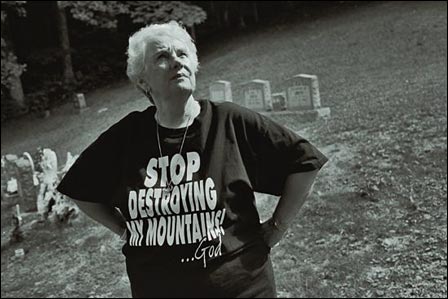
Joan Linville, 67, Bim, W.Va. “We eat it, we breathe it, we live it every day. A day never goes by when you don’t hear something’s been torn up. If we don’t stop it we are going to have to leave. If they run me out of my home, I will leave the state. I will not contribute one more cent to the state. They always say the coal people will kill you to get what they want.”

Jack Spadaro, 57, Kayford Mountain, W.Va. “Clinton kept [mountaintop removal] going, he did not stop it. Only Gore tried to do something. This is the most diverse forest in the nation. It’s a treasure. And we are destroying it. I’ve been around since Lyndon Johnson; these Bush people are the most lawless, corrupt people I’ve ever seen in my professional life. And that includes Richard Nixon.”
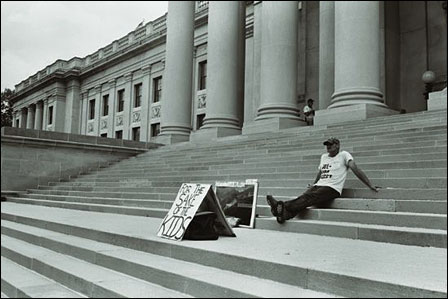
Ed Wiley, 47, Rock Creek, W.Va. “I was blinded by the $13.50 an hour. I didn’t realize I was setting up something that could one day kill my granddaughter. I tell you, they keep it up, there will be no more Appalachia. They’re putting a price on their own children’s heads. Someone’s got to stand up for these kids. It’s about what’s right.”
Read more about the fight against mountaintop-removal mining.
Read more from our Poverty & the Environment series.
Discuss this story.

And read more still at OrionOnline.

